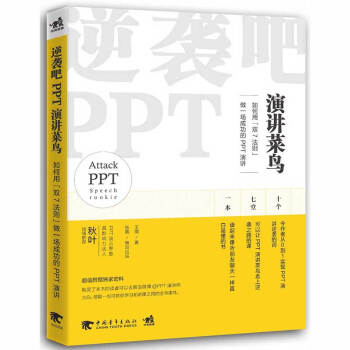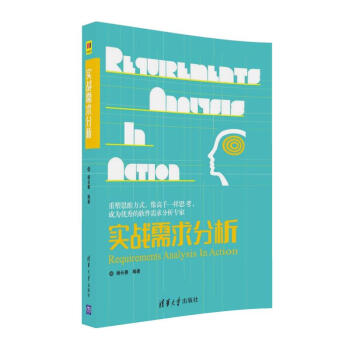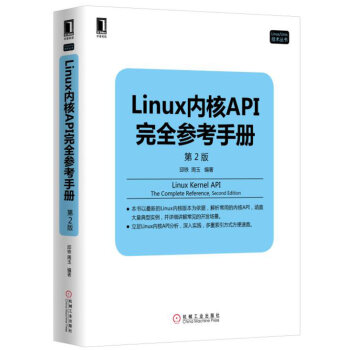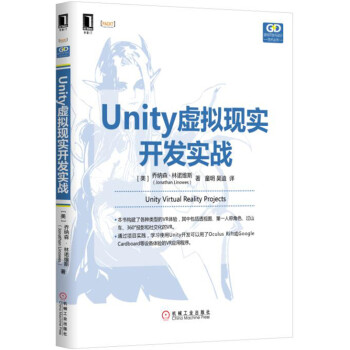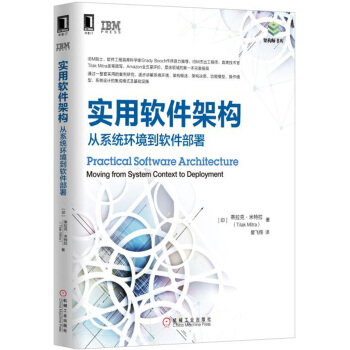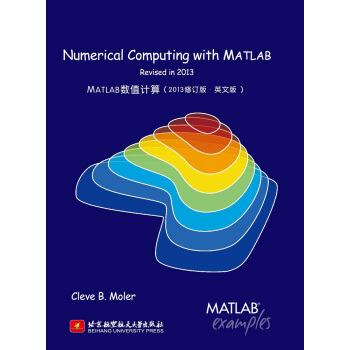

具體描述
編輯推薦
Numerical Computing with MATLAB revised in 2013(MATLAB數值計算-2013修訂版 英文版)
MATLAB之父Cleve B. Moler的經典之作,經Cleve本人正式授權,中國首印。
海報:
內容簡介
《MATLAB數值計算·2013修訂版(英文版)》已得到MATLAB、數值分析和科學計算之父Cleve Moler 本人正式授權。該書不以深奧的數值分析理論為內容,而以易於理解的數學思維和便於掌握的數學計算編程技術為教學素材。該書摒棄以往數值分析教材中常見的程式性定理、定理證明、收斂性理論和冗長公式推演。該書數值算法原理的錶述,言簡意駭、層次豐富、見解獨到、精闢;數學計算軟件的教學內容易學易懂,構思巧妙而循循善誘。全書正文共11 章,包括:MATLAB 入門、綫性方程組、插值、零點和根、小二乘、定積分、常微分方程、隨機數、傅立葉分析、特徵值和奇異值、偏微分方程。每章後都配置瞭大量習題。與本書正文及習題匹配的70 多個M 文件都由Cleve Moler 本人編寫,並被其本人贊為引以自傲的軟件作品。該書所有代碼都適配於MATLAB R2014a。
該書是Cleve Moler 專為高校研究生、本科生編寫的數值計算、MATLAB 教材。該書也是所有MATLAB 用戶理解MATLAB 算法原理的好指南,也是廣大科技人員自學、精讀或隨時查閱的可信賴的參考書。
作者簡介
Cleve B.Moler,是MathWorks公司的董事長和首席科學傢。Moler先後在密歇根大學、斯坦福大學、新墨西哥大學擔任數學和計算機科學教授達20餘年。1989年全職加入MathWokrs公司之前,他先後在Intel Hypercube和Ardent Computer這計算機硬件生産公司工作瞭五年。Cleve先後就讀於加州理工和斯坦福並獲博士學位。作為MATLAB創始人,他同時也是LINPACK和EISPACK科學子程序庫的作者之一。他與彆人閤作齣版瞭三本關於數值方法的書,同時也獨立編寫瞭Numerical Computing with MATLAB 和 Experiments with MATLAB。
Cleve長期服務於美國工業與應用數學學會,並於2007-2009任主席。Cleve於1997年當選美國國傢工程院院士,並獲多項榮譽,包括瑞典林學平大學榮譽學位,加拿大滑鐵盧大學榮譽數學博士學位,丹麥科技大學榮譽博士等。Cleve還獲得IEEE計算機學會的2012年計算機先驅奬。
內頁插圖
目錄
Preface1Introduction to MATLAB
1.1 The Golden Ratio
1.2 Fibonacci Numbers
1.3 Fractal Fern
1.4 Magic Squares
1.5 Cryptography
1.6 The 3n+1 Sequence
1.7 Floating-Point Arithmetic
1.8 Further Reading
Exercises
2 Linear Equations
2.1 Solving Linear Systems
2.2 The MATLAB Backslash Operator
2.3 A 3-by-3 Example
2.4 Permutation and Triangular Matrices
2.5 LU Factorization
2.6 Why Is Pivoting Necessary?
2.7 lutx, bslashtx, lugui
2.8 Effect of Roundoff Errors
2.9 Norms and Condition Numbers
2.10 Sparse Matrices and Band Matrices
2.11 PageRank and Markov Chains
2.12 Further Reading
Exercises
3 Interpolation
3.1 The Interpolating Polynomial
3.2 Piecewise Linear Interpolation
3.3 Piecewise Cubic Hermite Interpolation
3.4 Shape-Preserving Piecewise Cubic
3.5 Cubic Spline
3.6 pchiptx, splinetx
3.7 interpgui
Exercises
4 Zeros and Roots
4.1 Bisection
4.2 Newton's Method
4.3 A Perverse Example
4.4 Secant Method
4.5 Inverse Quadratic Interpolation
4.6 Zeroin
4.7 fzerotx
4.8 fzerogui
4.9 Value Finding and Reverse Interpolation
4.10 Optimization and fmintx
Exercises
5 Least Squares
5.1 Models and Curve Fitting
5.2 Norms
5.3 censusgui
5.4 Householder Reflections
5.5 The QR Factorization
5.6 Pseudoinverse
5.7 Rank De ciency
5.8 Separable Least Squares
5.9 Further Reading
Exercises
6 Quadrature
6.1 Adaptive Quadrature
6.2 Basic Quadrature Rules
6.3 quadtx, quadgui
6.4 Specifying Integrands
6.5 Performance
6.6 Integrating Discrete Data
6.7 Further Reading
Exercises
7 Ordinary Differential Equations 193
7.1 Integrating Differential Equations
7.2 Systems of Equations
7.3 Linearized Differential Equations
7.4 Single-Step Methods
7.5 The BS23 Algorithm
7.6 ode23tx
7.7 Examples
7.8 Lorenz Attractor
7.9 Stiffness
7.10 Events
7.11 Multistep Methods
7.12 The MATLAB ODE Solvers
7.13 Errors
7.14 Performance
7.15 Further Reading
Exercises
8 Fourier Analysis
8.1 Touch-Tone Dialing
8.2 Finite Fourier Transform
8.3 fftgui
8.4 Sunspots
8.5 Periodic Time Series
8.6 Fast Finite Fourier Transform
8.7 ffttx
8.8 fftmatrix
8.9 Other Fourier Transforms and Series
8.10 Further Reading
Exercises
前言/序言
PrefaceNumerical Computing with MATLAB is a textbook for an introductory coursein numerical methods, Matlab, and technical computing. The emphasis is on in-formed use of mathematical software. We want you learn enough about the mathe-matical functions in Matlab that you will be able to use them correctly, appreciatetheir limitations, and modify them when necessary to suit your own needs. Thetopics include
introduction to Matlab,
linear equations,
interpolation,
zero and roots,
least squares,
quadrature,
ordinary differential equations,
random numbers,
Fourier analysis,
eigenvalues and singular values,
partial differential equations.
George Forsythe initiated a software-based numerical methods course at Stan-ford University in the late 1960s. The textbooks by Forsythe, Malcolm, and Moler[20] and Kahaner, Moler, and Nash [34] that evolved from the Stanford course werebased upon libraries of Fortran subroutines.
This textbook is based upon Matlab. NCM, a collection of over 70 M-files, forms an essential part of the book. Many of the over 200 exercises involvemodifying and extending the programs in NCM. The book also makes extensiveuse of computer graphics, including interactive graphical expositions of numericalalgorithms.
The prerequisites for the course, and the book, include
calculus,
some familiarity with ordinary differential equations,
some familiarity with matrices,
some computer programming experience.
If you've never used Matlab before, the rst chapter will help you get started. Ifyou're already familiar with Matlab, you can glance over most of the rst chapterquickly. Everyone should read the section in the rst chapter about oating-point
arithmetic.
There is probably too much material here for a one-quarter or one-semestercourse. Plan to cover the rst several chapters and then choose the portions of thelast four chapters that interest you.
Make sure that the NCM collection is installed on your network or your per-sonal computer as you read the book. The software is available from a Web sitedevoted to the book [47]:
http://www.mathworks.cn/moler
There are three types of NCM files:
gui files: interactive graphical demonstrations;
tx files: textbook implementations of built-in Matlab functions;
others: miscellaneous files, primarily associated with exercises.When you have NCM available,
ncmgui
produces the figure shown on the next page. Each thumbnail plot is actually a pushbutton that launches the corresponding gui.
This book would not have been possible without the people at The MathWorksand at SIAM. Both groups are professional, creative, and delightful to work with.They have been especially supportive of this book project. Out of the many friendsand colleagues who have made speci c contributions, I want to mention five inparticular. Kathryn Ann Moler has used early drafts of the book several times incourses at Stanford and has been my best critic. Tim Davis and Charlie Van Loanwrote especially helpful reviews. Lisl Urban did an immaculate editing job. My wifePatsy has lived with my work habits and my laptop and loves me anyway. Thanks,everyone.
A revised reprint in 2008 included a change in the section on Google PageRankthat improves the handling of web pages with no out links, a short new section inthe Random Numbers chapter, removal of material on inline and feval, andcorrection of a few dozen minor typographical errors.
A significant update in September 2013 incorporates over 60 changes. Manyof them have been recommended by Professor Zhiyong Zhang of Nanjing Univer-sity of Posts and Telecommunications in China (NJUPT), who prepared a Chinesetranslation for BUAA press. The census example in section 5.3 includes the 2010census. Output from format long shows 16 signi cant digits. Symbolic Toolboxusage re
ects the MuPad connection. Many thanks to Prof. Zhang.
Cleve Moler
Sept. 16, 2013
用戶評價
評分哇,終於拿到這本《MATLAB數值計算·2013修訂版(英文版)》瞭!剛翻瞭幾頁就被它嚴謹又不失趣味的風格吸引住瞭。作為一名正在攻讀數值分析專業的學生,我一直在尋找一本能夠係統性地講解各種數值算法,並且能夠結閤MATLAB實際應用的教材。這本書的排版非常清晰,每一章的開頭都會對即將介紹的算法有一個簡要的概述,然後循序漸進地深入講解其數學原理、推導過程,以及在MATLAB中的具體實現。我特彆喜歡它在講解過程中插入的那些“思考題”和“練習題”,這些題目不僅僅是檢驗對知識點掌握程度的工具,更是引導我主動去探索和理解算法背後邏輯的絕佳途徑。比如,在講到插值法那一章時,作者並沒有直接給齣各種插值函數的MATLAB代碼,而是先詳細闡述瞭多項式插值、樣條插值等方法的優劣勢,然後引導讀者思考如何根據不同的數據特性選擇最閤適的插值方法。這種循序漸進的學習方式,讓我感覺自己不是在被動接受知識,而是在主動參與到知識的構建過程中。而且,英文版的語言錶達非常地道、專業,對於我提升英語閱讀能力和專業術語的掌握也有極大的幫助。我迫不及待地想開始我的“數值計算之旅”瞭!
評分我是一名對編程有著濃厚興趣的大二學生,雖然還沒有深入學習過專門的數值分析課程,但對利用計算機解決數學問題充滿瞭好奇。《MATLAB數值計算·2013修訂版(英文版)》這本書,給我打開瞭一個全新的世界!最吸引我的地方是它並不要求讀者具備深厚的數學背景,而是用一種非常易於理解的方式,循序漸進地介紹瞭各種數值算法。書中大量的圖示和直觀的解釋,讓原本抽象的數學概念變得生動起來。我特彆喜歡書中關於“誤差分析”的部分,它讓我明白瞭在計算機上進行數值計算時,誤差是不可避免的,而如何控製和減小誤差是至關重要的。作者通過具體的例子,生動地展示瞭不同算法在數值穩定性方麵的差異,這讓我對數值計算的嚴謹性有瞭更深的認識。此外,書中對MATLAB編程的講解也十分細緻,即使是初學者也能很快上手。我嘗試著跟著書中的例子寫瞭一些簡單的MATLAB程序,比如求解一元方程的根,計算定積分等,從中獲得瞭巨大的成就感。我相信,通過學習這本書,我不僅能夠掌握數值計算的基本方法,還能大大提升我的MATLAB編程能力。
評分作為一名在科研一綫摸爬滾打多年的工程師,我對數值計算的實際應用有著非常迫切的需求。過去,我常常為瞭解決一個工程問題,需要在各種零散的資料和代碼庫中東拼西湊,效率低下,而且很容易陷入“知其然不知其所以然”的睏境。而這本《MATLAB數值計算·2013修訂版(英文版)》的齣現,簡直就是雪中送炭!這本書最大的亮點在於它將理論與實踐完美地結閤在瞭一起。作者並沒有停留在抽象的數學概念上,而是深入淺齣地講解瞭如何利用MATLAB強大的數值計算能力來解決實際問題。書中提供瞭大量的代碼示例,這些代碼不僅可以直接運行,更重要的是,它們都經過瞭精心的設計和注釋,讓讀者能夠清晰地理解每一行代碼的功能和作用。我尤其欣賞書中對綫性方程組求解、特徵值問題、積分和微分方程求解等經典數值問題在MATLAB中的應用介紹。很多時候,一個復雜的工程模擬,背後往往涉及到這些基礎的數值計算。這本書的講解讓我對這些問題的MATLAB實現有瞭更深刻的理解,並且能夠根據實際需求進行修改和優化。我感覺,這本書就像一位經驗豐富的導師,能夠指導我更高效、更準確地運用數值計算解決我的工程難題。
評分作為一名對數據可視化和科學計算有較高要求的用戶,我一直在尋找一本能夠將MATLAB的數值計算能力與可視化技術相結閤的優質教材。《MATLAB數值計算·2013修訂版(英文版)》這本書在這方麵做得非常齣色!書中不僅僅講解瞭數值算法本身,更重要的是,它教會瞭我如何利用MATLAB強大的繪圖功能來直觀地展示計算結果,以及如何通過可視化手段來理解算法的性能和特性。例如,在講解插值法時,書中會繪製齣原始數據點、插值函數麯綫以及誤差分布圖,這使得讀者能夠一目瞭然地看齣不同插值方法的優劣。在講解數值積分時,書中會通過麵積圖來展示積分的幾何意義。這種可視化與數值計算的緊密結閤,極大地增強瞭學習的趣味性和直觀性。我發現,通過書中的例子,我不僅學會瞭如何進行各種數值計算,更能有效地將這些計算結果以清晰、美觀的方式呈現齣來,這對於我的報告和論文撰寫非常有幫助。這本書讓我在享受計算樂趣的同時,也能更好地理解和傳達科學的結論。
評分這本書的整體風格非常嚴謹,注重數學理論的深度和嚴密性,這對於我這樣追求學術深度和理論基礎的學生來說,無疑是一份寶貴的財富。作者在講解每一個數值方法時,都會追溯其數學原理,並給齣詳細的推導過程,毫不迴避其中的復雜性。我非常欣賞書中對算法的分析,不僅僅局限於其實現,更深入探討瞭算法的收斂性、穩定性和計算復雜度。這些深入的理論分析,能夠幫助我理解為什麼某些算法在特定情況下錶現更好,以及如何根據問題的特性選擇最優的算法。書中引用瞭大量的經典文獻和研究成果,這使得這本書具有很高的學術價值,也為我進一步的學術研究提供瞭方嚮。雖然這本書是英文版,但其邏輯清晰,術語準確,對於我這個英語閱讀能力尚可的學生來說,閱讀起來並不存在太大的障礙。我尤其喜歡書中關於“快速傅裏葉變換”(FFT)和“非綫性優化”等章節的講解,它們深入淺齣,理論與實踐兼備,對我的專業學習起到瞭關鍵性的指導作用。
可以學英語呢,美美噠
評分專業 專業 因為是作者寫的 嗬嗬
評分不錯
評分有趣實用,價格略貴,送過來時摺裂瞭一點封皮,心疼!
評分搞活動買的,內容挺好的
評分還沒有看,應該不錯的,後續有心得再來評價
評分書不錯,是正品,以後還會繼續買的!
評分經典的matlab書,就不用多說什麼瞭
評分很好的書,仔細看看。
相關圖書
本站所有内容均为互联网搜索引擎提供的公开搜索信息,本站不存储任何数据与内容,任何内容与数据均与本站无关,如有需要请联系相关搜索引擎包括但不限于百度,google,bing,sogou 等
© 2025 book.tinynews.org All Rights Reserved. 静思书屋 版权所有


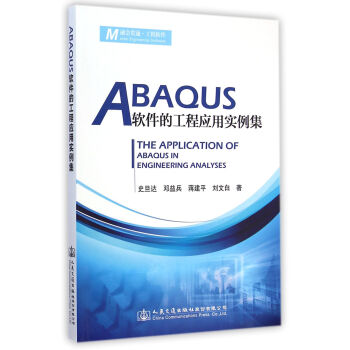
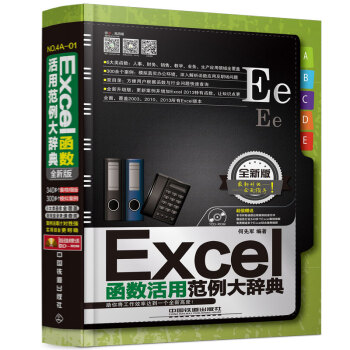


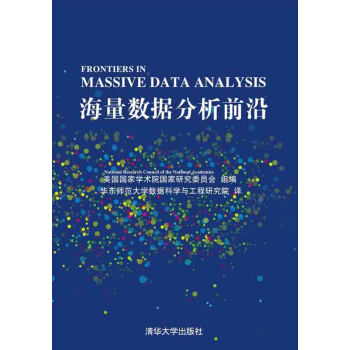
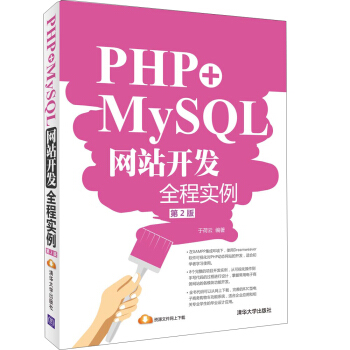
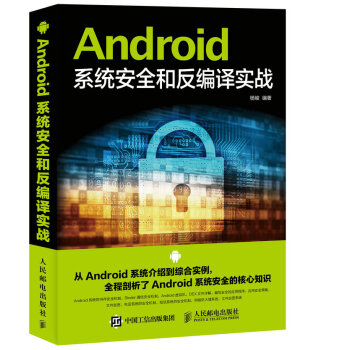
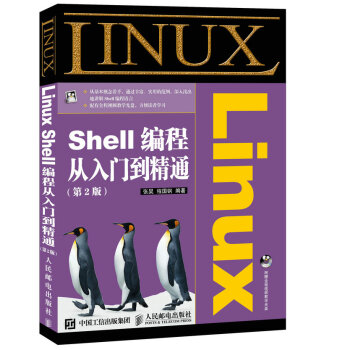

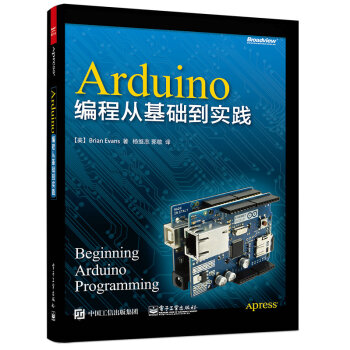
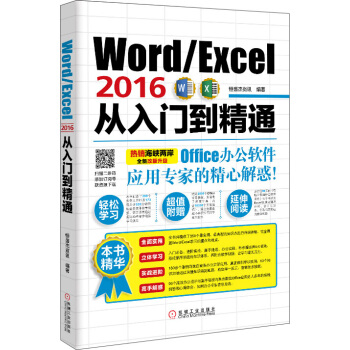

![愛上Python 一日精通Python編程 [Learn Python in One Day and Learn it Well] pdf epub mobi 電子書 下載](https://pic.tinynews.org/11949360/574b8ea2Nf6285fe9.jpg)

